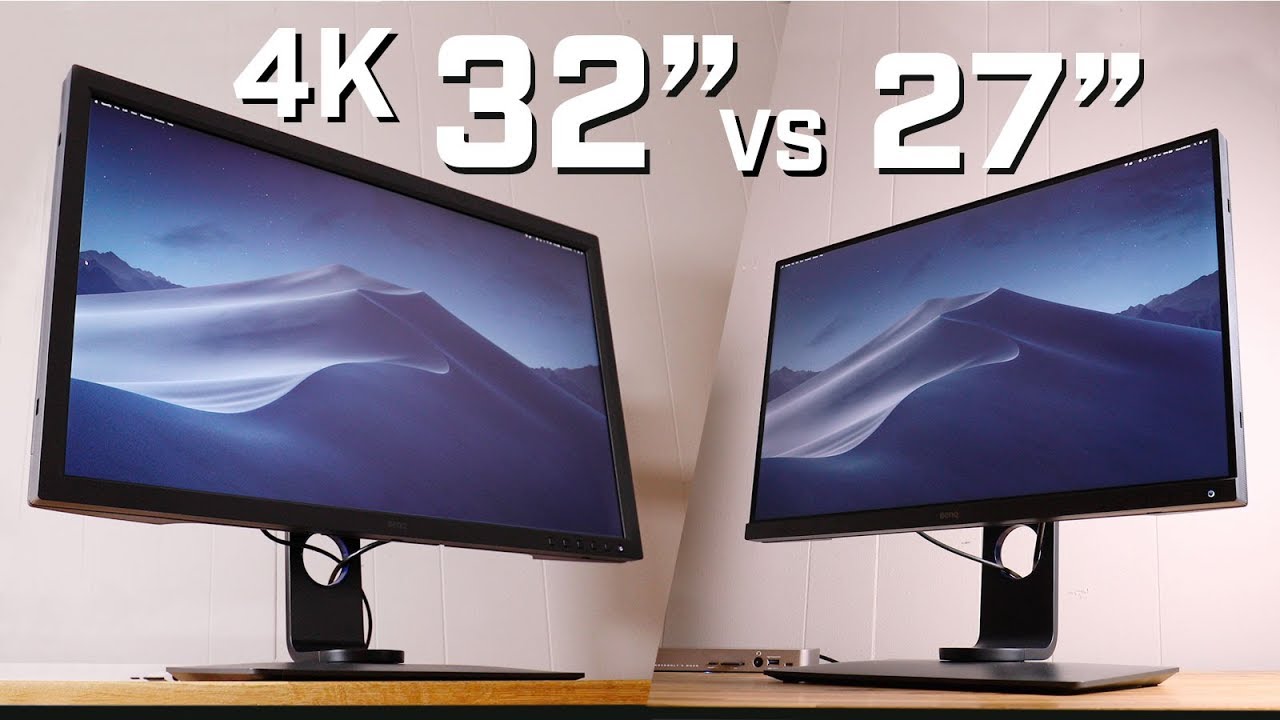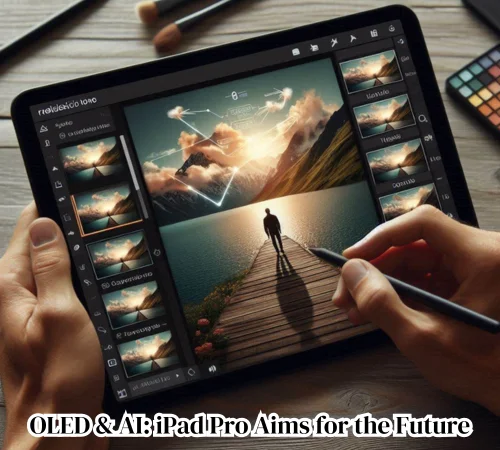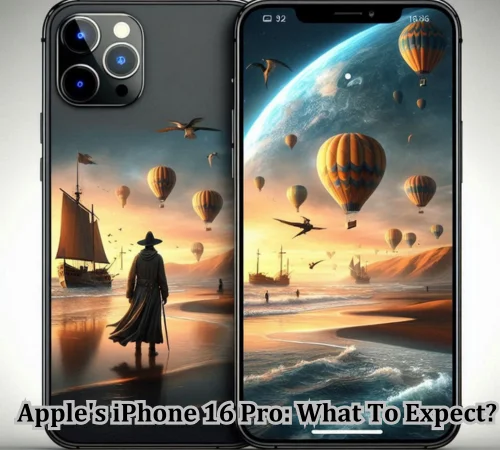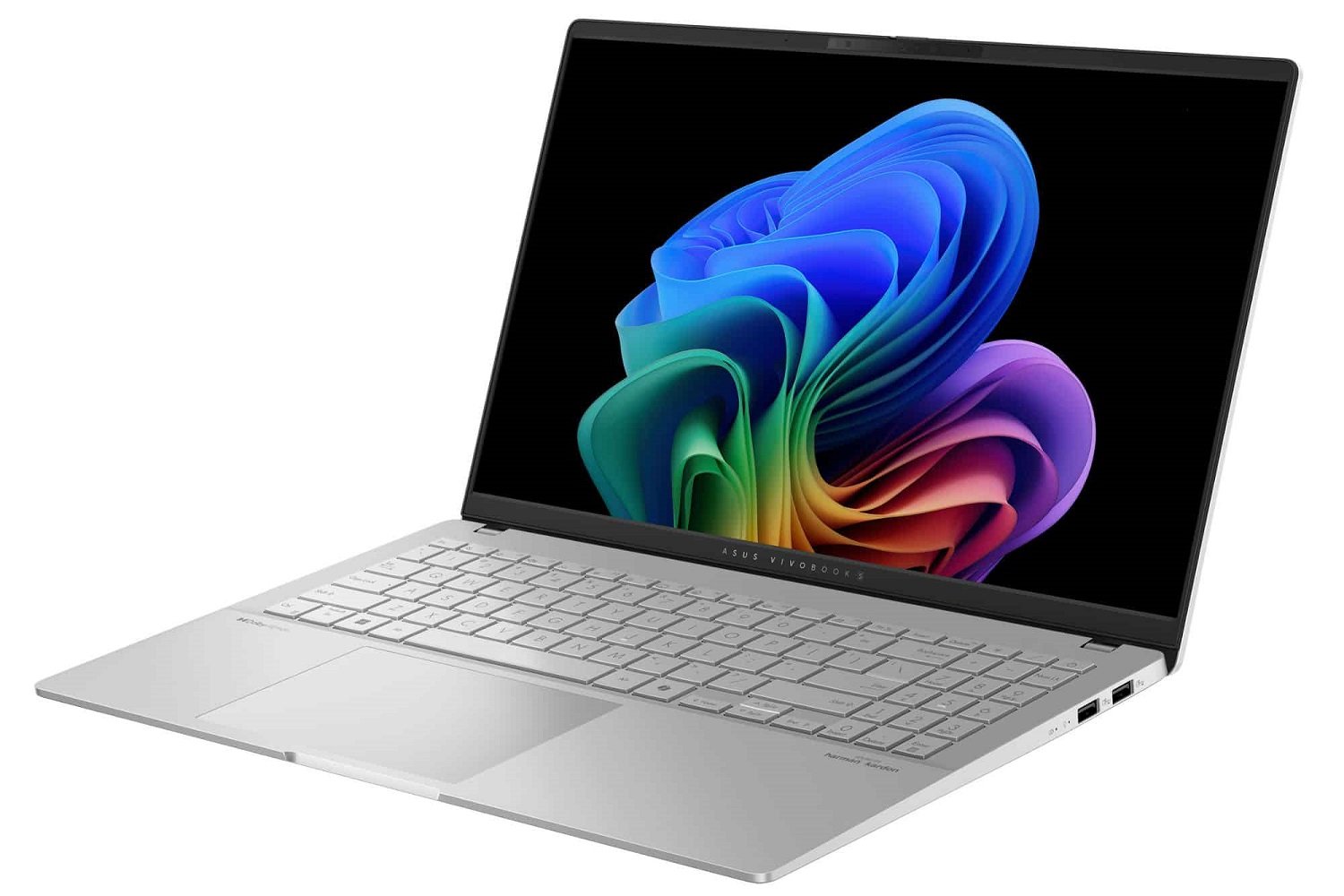
When it comes to selecting the perfect monitor size, there’s quite the debate between the 27-inch and the 32-inch models.
It’s like choosing between a king and queen size bed.
Both have their merits and are preferred by different individuals for varied reasons.
Now, let’s roll up our sleeves and start dissecting the features, benefits, and potential drawbacks of these two popular monitor sizes.

Size Matters: 27vs 32 Inch Monitors
Size does matter, especially when we’re talking about monitors.
- A 27-inch monitor is a popular choice for many users, especially gamers and those who work with graphics.
- It provides ample screen real estate without overwhelming your desk space.
- Imagine you’re a graphic designer, working on intricate designs. With a 27-inch monitor, you have enough space to open multiple windows without squinting your eyes.
- On the other hand, a 32-inch monitor is like a sprawling canvas for your digital content.
- It’s a favorite among professionals who need more room for multitasking.
- Think about film editors, who often need to juggle multiple clips and timelines simultaneously.
- A 32-inch monitor provides the extra space to make their work more manageable.

Resolution: A Key Player
Resolution plays a pivotal role when comparing a 27 vs 32-inch monitor.
Most 27-inch monitors offer 1440p (QHD) resolution, which is a sweet spot for many users.
It delivers sharp, clear images and text without demanding too much from your computer’s graphics card.
Picture yourself as a competitive gamer, where every frame counts.
A 27-inch 1440p monitor offers the perfect balance between visual quality and performance.
Conversely, many 32-inch monitors come with 4K (UHD) resolution.
This level of detail is fantastic for professionals who need high-definition visuals.
Consider a photographer editing a high-resolution photo.
A 32-inch 4K display helps bring out the finest details, ensuring the final product is picture perfect.
Viewing Distance: Comfort is Crucial
The comfort of your viewing experience is a vital factor in the 27 vs 32-inch monitor debate.
Typically, a 27-inch monitor is ideal for viewing at a distance of about 3-4 feet.
It’s like sitting in the front row of a movie theater, close enough to see all the action, but not too close to strain your eyes.
On the flip side, a 32-inch monitor is comfortable to view from a distance of about 4-5 feet.
Imagine being in an art gallery, standing at the perfect spot where you can appreciate the whole painting without moving your eyes too much.
That’s what using a 32-inch monitor feels like.
Price Point: A Deciding Factor
The price tag can often be the final decision-maker in the 27 vs 32-inch monitor battle.
Generally, a 27-inch monitor is more affordable, making it a popular choice among students and budget-conscious consumers.
Imagine being a college student, needing a monitor for both study and entertainment.
A 27-inch monitor fits the bill perfectly without breaking the bank.
In contrast, a 32-inch monitor is typically more expensive, offering premium features that justify its higher price.
Picture a professional video editor who values workspace and image detail above all else.
The investment in a 32-inch 4K monitor is well worth the cost for such individuals.
Flexibility: Adaptability in Various Scenarios
Flexibility is another aspect to consider in the 27 vs 32-inch monitor comparison.
A 27-inch monitor is highly versatile, fitting comfortably into most home or office setups.
Imagine a small apartment or a shared office space where every inch counts.
A 27-inch monitor offers a great balance between size and functionality.
On the contrary, a 32-inch monitor requires more room but offers an immersive experience.
Consider a spacious home office or a professional studio where space isn’t an issue.
A 32-inch monitor can transform the location into a powerhouse of productivity.

Refresh Rate: The Gamer’s Delight
The refresh rate is a key consideration for gamers in the 27 vs 32-inch monitor debate.
27-inch monitors often come with higher refresh rates, which is a boon for gamers.
Picture a tense eSports tournament, where every millisecond can make a difference between victory and defeat.
A high refresh rate 27-inch monitor can give gamers that competitive edge.
Conversely, many 32-inch monitors prioritize resolution over refresh rate.
This makes them more suited for cinematic experiences and professional tasks, rather than competitive gaming.
Imagine a movie night at home, where the 32-inch 4K monitor shines, providing a mini home theater experience.
In Conclusion
In the 27 vs 32-inch monitor debate, there’s noone-size-fits-all answer.
It all boils down to individual needs, preferences, and work requirements.
A 27-inch monitor offers a balanced blend of size, resolution, and price, making it a versatile choice for many users.
Picture yourself in a compact workspace, juggling between work and play.
The 27-inch monitor fits the scene perfectly.
On the other hand, a 32-inch monitor provides a larger workspace, premium features, and an immersive experience, albeit at a higher price.
Imagine a professional environment, where precision, detail, and multitasking are the order of the day.
The 32-inch monitor is the hero in this scenario.
The key is to understand your specific needs and make an informed decision.
When it comes to monitors, size, indeed, matters, but it’s not the only factor to consider.
Resolution, viewing distance, price, flexibility, and refresh rate all play a role in the 27 vs 32-inch monitor comparison.
So whether you’re a gamer, a professional, a student, or a movie enthusiast, there’s a monitor size that fits your needs perfectly.
After all, in the digital age, your monitor is more than just a screen.
It’s your window to the virtual world, your canvas for creativity, your battlefield for gaming, and your platform for productivity.
So, choose wisely and choose well, because the right monitor can indeed make a world of difference.
And remember, whether it’s a 27-inch or 32-inch monitor, the goal is to enhance your digital experience, making it more enjoyable, efficient, and engaging.
Because at the end of the day, it’s not just about the size of the monitor in the fight, but the size of the fight in the monitor!





